Modernity and Saint Mark’s Square as an untouchable icon
Modernity is not the first word that would come to your mind when talking about Saint Mark’s Square, the seat of the government in Venice for a long time. When the Doge’s Palace was founded in the year 810, who would however imagine the square in the future? And looking backwards, are we able to view it as an evolving space in its constant transformations throughout several centuries? A time lapse reconstruction would certainly leave a lot of us surprised as Saint Mark’s square feels like an icon that cannot be rewritten and where modernity especially is often treated as heretical…
Leaving aside the use of the open space of Saint Mark’s Square, this is the story of two businesses (and an open question about a third) that bespoke modernity not violating the sacrality of the square.
Ferdinando Ongania and his publishing house in St Mark’s Square
At the Bocca di Piazza, as Venetians call the bottom of Saint Mark’s square, in 1846 a publishing house was opened by Hermann Frederich Münster. Inside the Royal Palace there also was a shop where you could buy art books and fine arts objects. Born in 1842, Ferdinando Ongania started working here when not even 20 years old and acquired the activity in 1871. The unification of Italy had been completed and you could feel the excitement for this new political independence. The industrial revolution involved Venice, too, but while innovative factories opened in town, Ongania had a different vision of modernity. Surely economically risky, but a true follower of Aldus Manutius (see my previous post: http://www.seevenice.it/en/addicted-to-books-aldo-manuzio-in-venice/).
A new idea
So what was the idea? The first point was not to leave the historical town. Stick to the “terroir” concept!
Secondly, to publish artistic illustrated books in Saint Mark’s square and to do so he used new technology in image processing. High quality images starting from photographs, heliotypes, heliogravures, chromolithographs and engravings. And then a high quality subject, Venice and its civilisation. Especially the “colossal” work dedicated to the Basilica of St. Mark: it took 12 years between 1881 and 1893 to print 8 volumes plus appendix with specimens and 840 illustrations.
We observe the work in its original wooden case when visiting the Museum of the Basilica of St. Mark. An amazing collection of every single detail of the Basilica, both its external look and its internal decoration, its architecture, its mosaics and sculpture decorative elements. And if you have observed St. Mark’s church, you can understand what enormous work this was!
John Ruskin and the others
Did this have a market? Who would be interested? In those years John Ruskin, Pompeo Gherardo Molmenti, Pietro Selvatico, Alvise Zorzi and Camillo Boito often met by Ongania publishing house and bookshop. All of them were horrified and worried about the restoration of St. Mark’s Basilica going on in those years. More than one third of the mosaics were being simply replaced instead of being taken care of. The discussion on how to restore this ancient monument required a means to show what the basilica had meant and the detailed illustrated books by Ongania served this purpose. Not to mention that an aristocratic élite came to Venice also to buy these books and allow Ongania to move on with his ambitious investments.
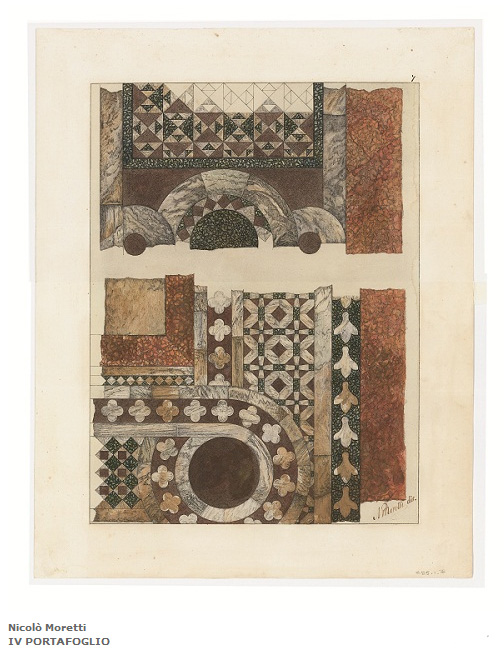
Detail of the marble floor in Ferdinando Ongania, Saint Mark’s Basilica, watercolor, see footnote for bibliography

Decorative elements in Ferdinando Ongania, Saint Mark’s Basilica, watercolor, see footnote for bibliography
Adriano Olivetti and Carlo Scarpa in St. Mark’s Square
The Olivetti showroom opened in Saint Mark’s square in 1958. The architect Carlo Scarpa completed the restoration of this space in the Procuratie Vecchie seventy years after the publication of Ongania’s Basilica of St. Mark. A dark, narrow and long space, low ceilings, quite unfortunate staircases lay there to be transformed into “one of the most lucid masterpieces in contemporary architecture” according to critic Carlo Ludovico Ragghianti.
Somehow, I see some connections between this “business card” designed for the company founded by Adriano Olivetti and Ongania’s project. I see the same pleasure of using an ancient context to enhance the quality of avant-garde technology. But also the awareness that Saint Mark’s Square would gain value from the presence of this showroom for typewriters and calculators combining design and functionality. This constant dialogue between tradition and modernity would be in fact present in this square. A square where Ferdinando Ongania had also believed in the power of modern technology to ensure cultural growth while protecting heritage.
A metaphor for work ethics
The Olivetti showroom is in fact a metaphor of the human industriousness. Visitors crossing the threshold are welcomed by an abstract shiny bronze statue by Alberto Viani representing a nude in the sun, lying on gently moving water. A staircase suspended with its irregular steps in the light invites you to go upstairs, while a secret door reminds us we are here to unveil the innovative character of an Italian company. Olivetti’s focus on design is a sign of how beauty is important not just in the every day life of the ones using these machines, but also of the ones working to produce them. But the strongest message regards the practice of writing and calculating linked to machines, but in the end very human.
David Chipperfield at the Procuratie Vecchie in St. Mark’s Square
Soon the Procuratie Vecchie will undergo a major transformation in the hands of the British stararchitect David Chipperfield. The details are still unclear, but someone has mentioned a terrace, too. The insurance company Assicurazioni Generali that owns the building dating back to the end of the 15th century has entrusted Chipperfield with a major project. James Iman in his article on the Times (May 21st, 2018) correctly asks:
“is that a blessing or a curse?”
and reports the architect admitted he wants to “return the building to the people, as a place to love and a font of inspiration”.
Officially, the new space will become the hub of The Human Safety Net and its fund raising, philanthropic mission: to help children, refugees and prevent newborns’ asphyxia. Realistically, the eyes of the ones worried about the “disneylandification” of Venice are kept wide open to see if this third story will have a happy ending like Ongania’s and Olivetti’s.
by Luisella Romeo
registered tourist guide in Venice, Italy
www.seevenice.it
note: you can find two beautiful editions on Ferdinando Ongania, published by Marsilio Editori and Linea d’Acqua, both in Venice



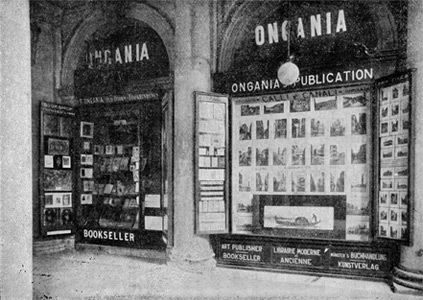
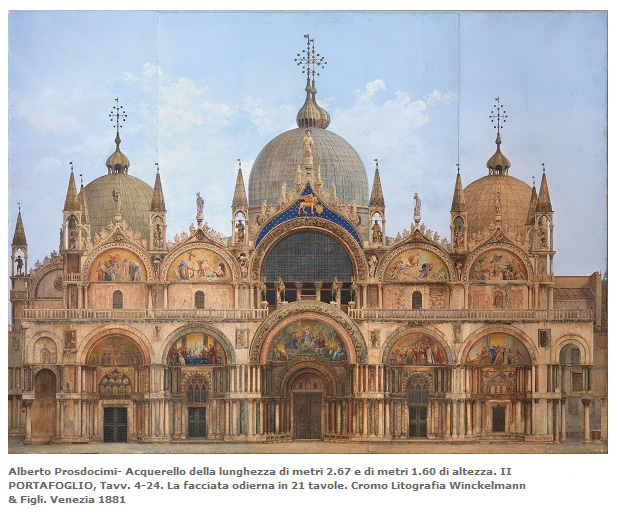
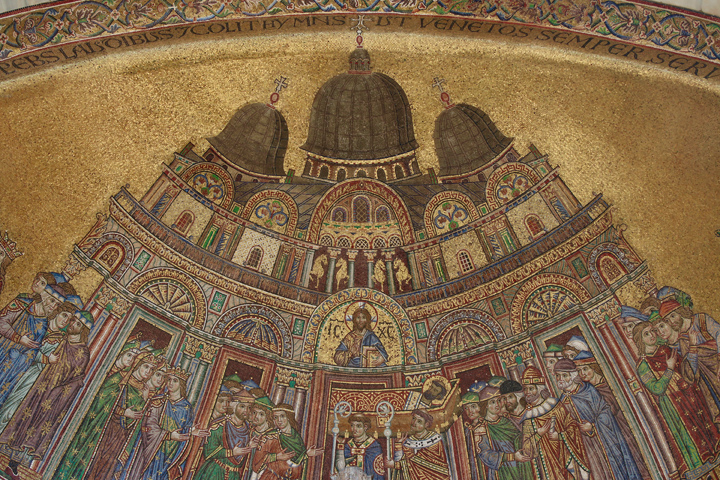
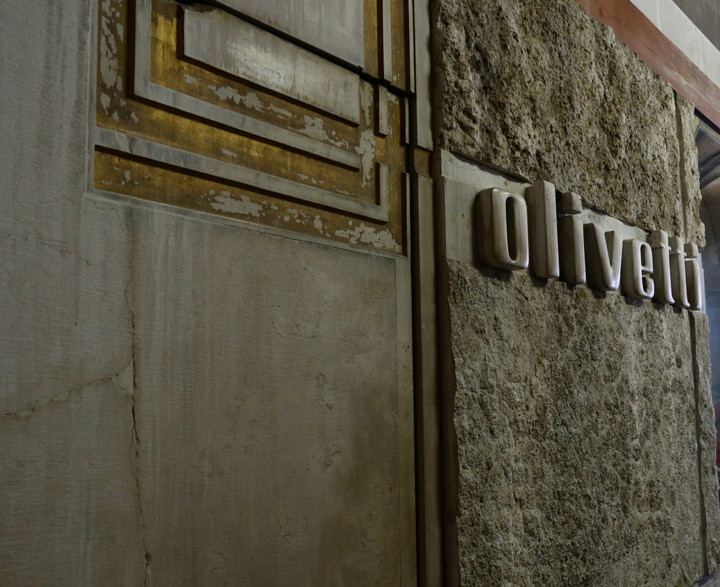

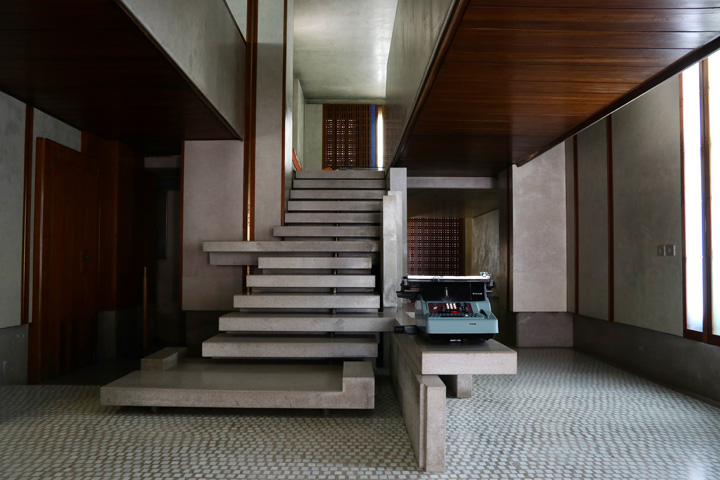


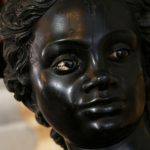




Very interesting Luisella. Let’s hope that the new building doesn’t detract from the Saint Mark’s.
Dear Rob,
thank you for your comment!
I am looking forward to learning about the details and there should be an exhibit about Chipperfield’s intervention next September right in the Olivetti showroom!